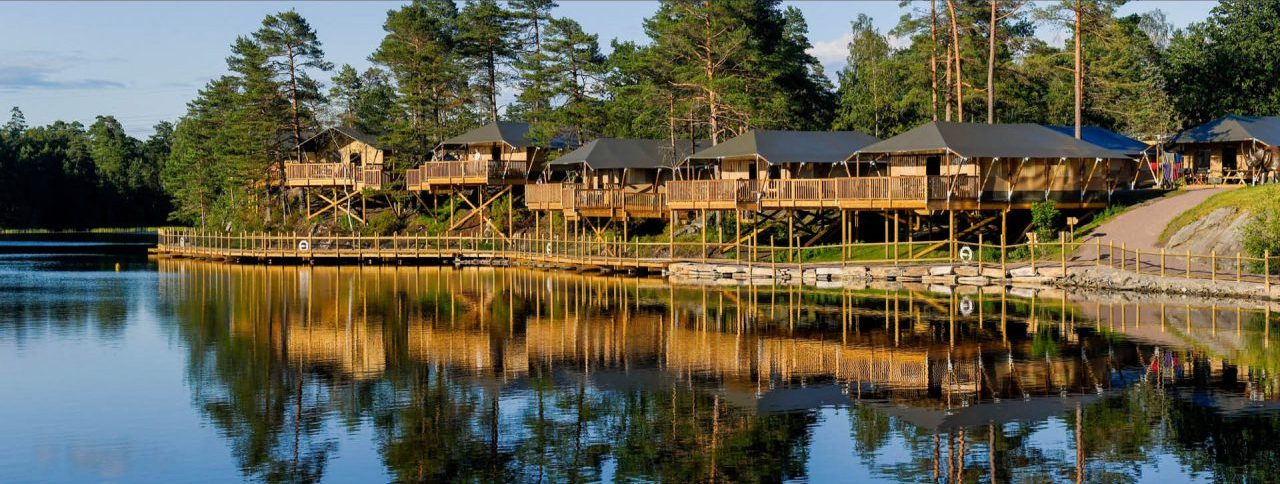The art of meeting multiple needs
Kristiansand Zoo and Amusement Park was considering developing a new accommodation offer that would require major investments and priorities. In cases like this, it’s important to know whether your idea will meet the needs of the market, and if the concept is something the intended audience would be willing to pay for. For the insight work we did together prior to the development, Kristiansand Zoo and Task were jointly nominated for an award.
The zoo in Kristiansand is well known for how well it serves the public. They are especially good at innovating in collaboration with their target groups and at developing new concepts that meet actual needs in the market.
The zoo already had an existing accommodation offer that was meeting the needs of the market, but for some target groups, the existing offer was felt to be too expensive. The question Kristiansand Zoo asked itself was whether there was room for a different, budget-friendly accommodation alternative: a safari campsite outside the park. And with that one idea, several other questions arose: Would that concept work? Do we have room for another accommodation offer in Kristiansand? Would people be willing to pay for it? And probably the most important question: Would customers, already willing to pay for existing accommodation at the zoo, opt for the new, less expensive alternative instead?
Take customer needs seriously
Normally, in market analysis, decisions are often based on customers’ demographic traits. This could include things like income, level of education, gender, number of children, age or where they live. You can come a long way with an analysis like this, but if you base your decision-making on these data points alone, you could end up making poor decisions. Working with the zoo’s new accommodation concept, we felt it was more useful to base the decision-making on the customers’ actual needs, and to include those needs as part of the statistical segmentation model. This ensured that the ground on which decisions were made could be more nuanced and informed, and enabled us to identify several prospective customer groups for the same concept.
Measuring customer needs can be done in several different ways. Task does this through both qualitative methods such as focus groups and in-depth interviews, and quantitative methods and techniques like surveys, or pulling available data from research, automatic count method, cash registers, learning management systems, and statistics and numbers from apps. For this project, we conducted a survey through Norstat, which offers a nationwide panel. We interviewed people from within the specific desired geographic area and measured a number of different needs within the population related to accommodation and experiences.
When we do a needs segmentation, it often results in different personas. A persona is a simplification of the findings from the segmentation embodied as a fictional person. These personas help to establish clear customer profiles with relatable traits and needs, which makes it easier to develop products, services and communication with them in mind. The segmentation gave us three clear segments: the price-conscious, the resourceful and the open. Each segment had different needs and preferences, but at the same time had a few overlapping perspectives of the concepts we tested.
Task advised the Zoo to go ahead with the development of the new accommodation concept by specifically tailoring the design of Safaricamp and the communication towards two of the segments.
The zoo used this information about customer needs as they:
- Decorated the tents
- Created entertainment and service offerings around the tents
- Developed sales and marketing tactics
It’s no coincidence: customers were happy
This insight project led to a completely new accommodation offer within the Zoo with very satisfied guests. Results from post-experience customer surveys showed that 92% of the guests were satisfied, and 91% were satisfied with the tent they had stayed in! This is a direct result of the experience and the tents meeting the needs and expectations of the target group. It also highlights the importance and power of developing new products and services that are aligned with the customers’ needs.
The project has also received a lot of attention in the region, and was nominated for “Development Project of the Year” by Visit Sørlandet (USUS) in 2019.
Method/instrument: Quantitative method, target group analysis, market research, audience testing, personas, customer insight.




